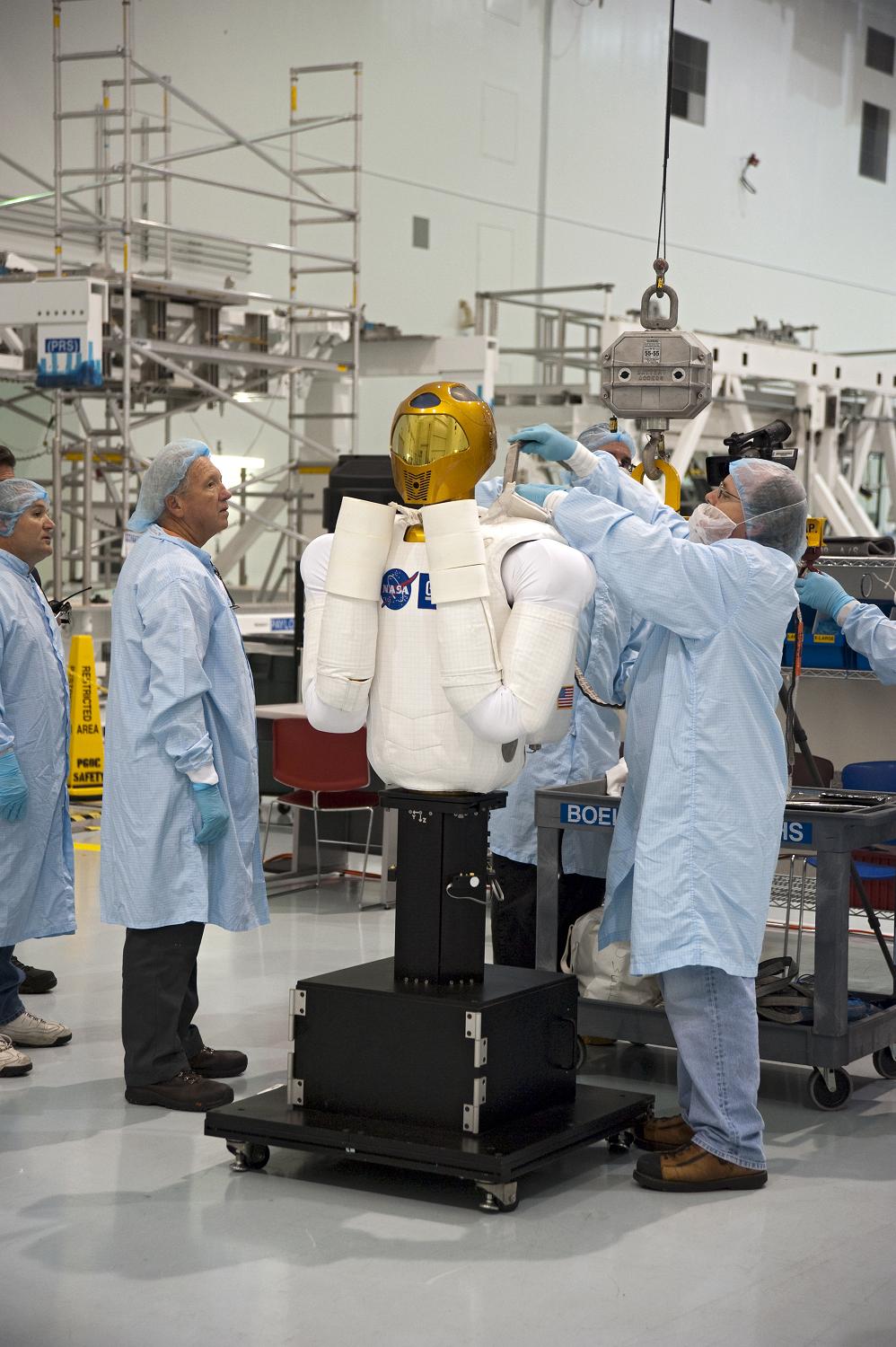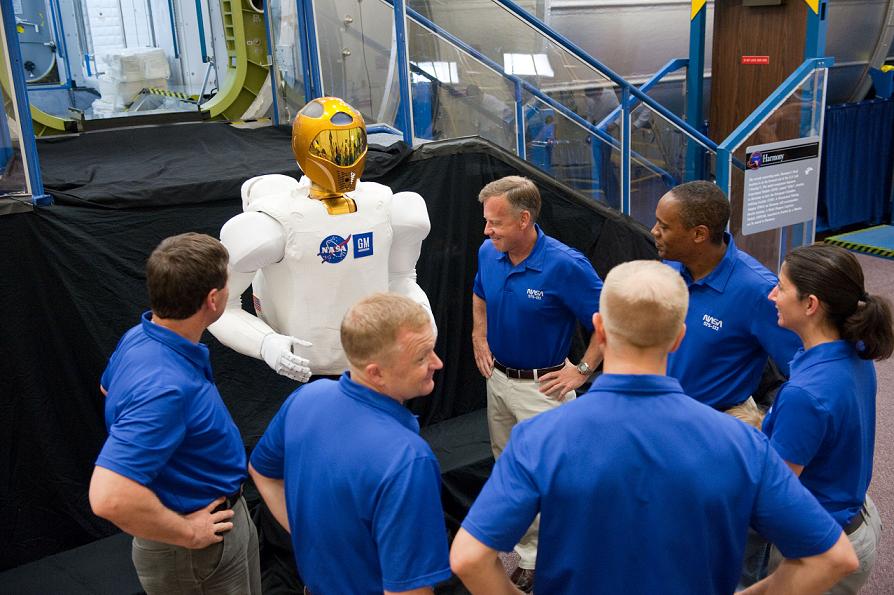Robonaut 2 was designed as an assistant to astronauts on the International Space Station, but to get there it needed help from the engineers and technicians on Earth

Packaged like a butterfly cocoon inside an aluminum frame and foam blocks cut into its shape, Robonaut 2 or R2 makes its way to the International Space Station inside the fixed multi-purpose module on the cargo deck of the space shuttle Discovery as part of the STS-133 mission.
Once at the station, R2 is expected to use its two arms and stereoscopic vision to perform some of the routine jobs or monotonous roles inside the hovering laboratory to free up the astronauts for more complex missions and experiments. One day he will also be able to go on space walks.
Engineers at the Johnson and Kennedy Space Centers worked to ensure that the first humanoid robot could reach space and work. The engineers and technicians with decades of experience in packaging components for space spent the last few weeks preparing a plan to secure the machine weighing about 150 kilograms against the enormous vibrations and gravity during the launch.
"In my estimation, we already realized in May that we were facing a challenge," said Michael Hadcock, a mechanical engineer who planned the procedures and other aspects to prepare R2 for launch, including delicate operations using a crane inside the space station's processing facility at the Kennedy Space Center. When packed, the robot will weigh 220 kg.
"We're looking to do something unique and fast," said Scott Higgenbotham, STS-133 mission manager. “And package it so that the astronauts can easily take R2 out of the box. We have the best team in the world to handle things like this.”
Initially, they thought of tying the robot to an empty chair on the middle deck of the shuttle, Higgenbotham said. But R2 is too heavy for the chair so the team designed the box filled with foam and tied to an aluminum frame. Assembling the package is important to R2 because the space shuttle accelerates to three times Earth's gravity during the eight-minute climb into space.
Coincidentally, detailed analysis showed that the best position for R2 to survive the launch would be similar to that of the astronauts facing forward towards the shuttle's bow with their backs taking all the weight, except that the robot would do so about 10 meters below them - inside the cargo deck.
Although the robot is a complex machine full of state-of-the-art sensors and operated using sophisticated software, it is its shape that increases the admiration. It was designed by NASA and General Motors as a robot to assist astronauts in space. It looks like the upper part of a person engaged in body development and is covered with a helmeted head that includes two cameras that give it XNUMXD vision in addition to other sensors.


8 תגובות
For now he doesn't care...
Ophir is fine, he doesn't care!
Until they finally send a humanoid robot into space, they both call it oil and stick it in the baggage... not pretty.
A very simple answer, make sure there is no paradox in his task definitions
Thanks Adi.
Avi,
There were many spelling mistakes in the article, letters and spaces in the wrong places, but the following two, one sentence apart from each other, require special attention:
I got sick
Decisive
Probably the intention was multi-purpose.
How can you make sure that he won't beat the astronauts on the station and that he won't try to take over the spaceship by force?